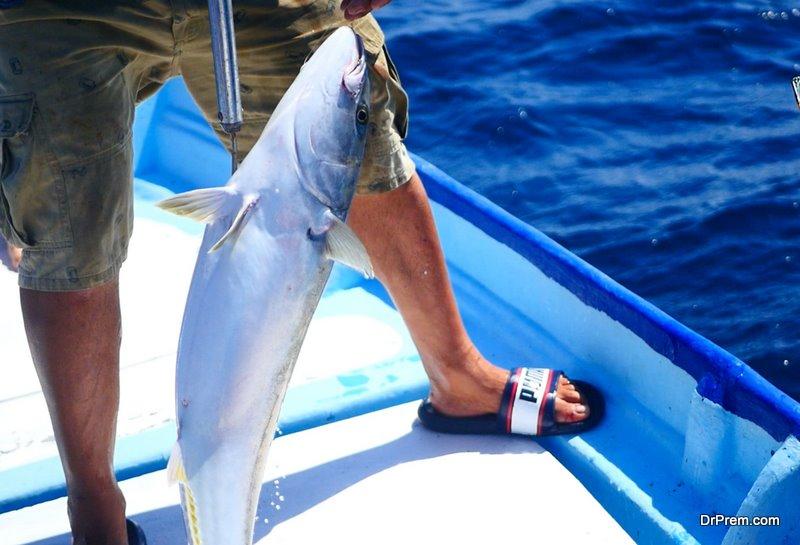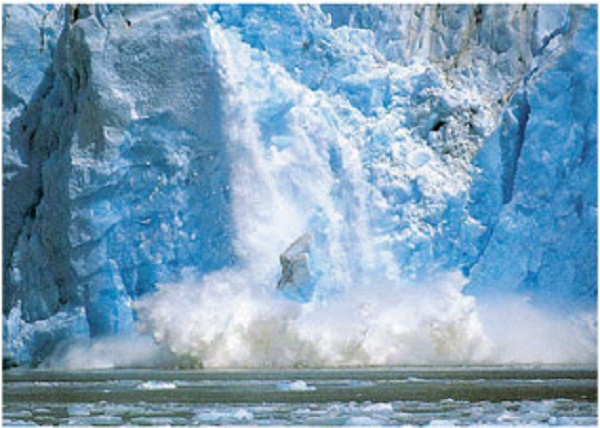Many anglers, from beginners to pros, love the thrill of the catch. While this activity is captivating, it has a vital component: responsible fishing. Aggressive tactics and overfishing can lead to problems like damage to coral reefs and dwindling fish numbers.
Adopting guidelines suited to each season and embracing sustainable methods means not just preserving the pastime for future generations but also caring for marine habitats. Let this piece guide you on seasonal-conscious fishing.
What Is Responsible Fishing?
Ever thought about the ripple effects of your fishing practices? Responsible fishing focuses on sustainable methods, aiming to leave bountiful fish stocks for those who follow in your footsteps. Sources like the Indian River Lagoon fishing guides highlight the negative impacts of poor fishing practices on land and water. Certain things people do on shore, like using fertilizer, can transfer to nearby water systems where fish thrive, contaminating the ecosystem.
Private anglers and charter anglers also have a possession and size limit for each species of fish they catch to avoid overfishing. Catch or buy fish based on the season. Fish caught off-season are likely to have been obtained through unsustainable means. So, use safe fishing methods and follow the seasons to catch fish without resorting to harmful practices.
1. Spring Fishing: Techniques and Tips
Fishing activity tends to surge when temperatures rise and nature springs back to life. In this season, the fish are more active and feed aggressively after the colder winter months. For fruitful spring fishing outings, understanding the habits of your target fish species is pivotal.
Seasoned anglers recommend focusing on shallow areas with grass beds during spring. For instance, catfish, largemouth bass, and walleye seek food closer to the shores during spring. Using live bait or lures that mimic the prey in the area can increase your chances of a successful catch.
While you might find more fish in spawning areas, be considerate. Catch and release, especially during peak spawning times, is a method to let fish fulfill their natural cycle.
2. Summer Fishing: Strategies For Warm Waters
With longer days and warmer temperatures, summer fishing brings its set of challenges. Fish dive deeper, hunting for cooler zones when the sun’s at its peak. Adjust by casting your line at dawn or dusk when it’s cooler.
During summer, species like tarpon and jacks become more active. Other fish that put up a good fight would be a treat for thrill-seeking anglers. You can coax these muscular fish with surface lures or live bait, leading to memorable encounters.
3. Autumn Fishing: Capitalizing On Seasonal Changes
A drop in temperature during the transition from summer to fall changes fish behavior and movement patterns.As the water cools down, fish begin their migration patterns, marking autumn as a distinctive period for fishing. Zero in on locations where fish assemble for these travels, like channels or deeper recesses.
During the fall months, fish like Atlantic salmon, snook, redfish, and trout take the limelight, appealing to both rookie and veteran anglers. Using a mix of live bait and artificial lures that imitate the abundance of baitfish during this season can yield impressive catches.
4. Winter Fishing: Mastering Ice Fishing
Braving the winter waters to fish measures your skill and perseverance. With water temperatures dropping, fish become less active and seek refuge in warmer areas. Most fishing guides recommend anglers target deeper channels, warm-water discharges, and areas with natural structures to increase their chances of finding fish during this season.
Snapper, northern pike, and perch are popular targets during winter, as they remain active in cooler waters. Employing slow presentations with artificial lures or natural baits can entice these fish to strike, rewarding anglers who endure the winter chill. Always check ice thickness before heading out, and familiarize yourself with the local regulations regarding ice fishing to keep the sport both fun and safe.
Additional Approaches To Support Fish Conservation
Conservation extends beyond just fishing practices; your actions off the water also influence marine ecosystems. Actions like community clean-ups and supporting habitats, such as the Great Barrier Reef, make a difference. When fishing, opting for barbless hooks can minimize harm to fish, and taking the time to revive an exhausted fish before releasing it can significantly boost its chances of survival.
Protecting fish populations is also linked to the fish products on your shopping list. It’s up to you to scrutinize the origins of products and validate the fish were harvested ethically. Prioritize brands and fishing companies that practice sustainable fishing methods. Additionally, purchasing local fish products reduces the carbon dioxide emitted from long transport routes.
The Fisherman’s Handbook: A Comprehensive Guide
Stay informed about the latest practices, especially when you’re out at sea. Look to The Fisherman’s Handbook as your fishing ally, offering wisdom on techniques and conservation insights.
When you understand the rationale behind guidelines, your respect for fishing deepens. This perspective focuses on purpose-driven fishing, rendering each excursion a win for you and the ecosystem.
Final Thoughts
Every season carries distinct nuances in responsible fishing. Equipping yourself with knowledge and a conservation-first approach elevates experiences and champions the overarching aim of marine health. Value each fishing opportunity you get. Cast your line and fish responsibly.
Article Submitted By Community Writer




